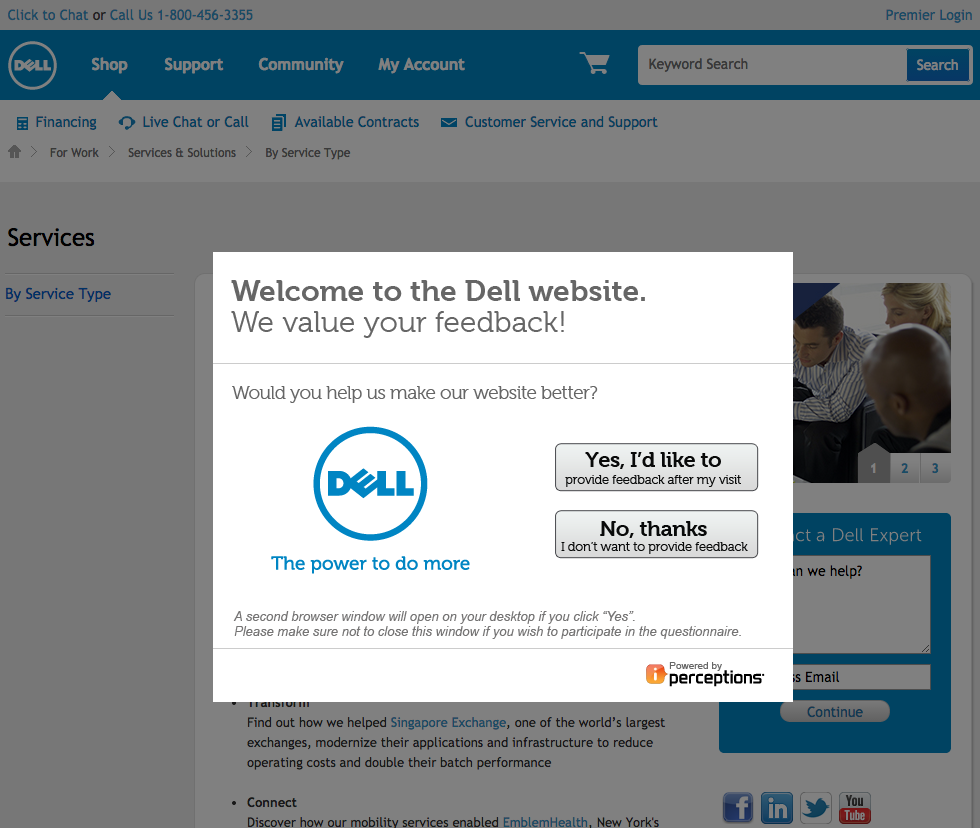Social Media and Customer Service
 A digital software company that focuses on building platforms for customer service knows a thing or two about what happens when customers are unhappy with customer service. Zendesk released a study in 2013 of 1,000 customers in the U.S. to understand consumer habits and complaints, and a few of the findings are especially noteworthy for today’s competitive Audio/Video/Lighting (A/V/L) industry:
A digital software company that focuses on building platforms for customer service knows a thing or two about what happens when customers are unhappy with customer service. Zendesk released a study in 2013 of 1,000 customers in the U.S. to understand consumer habits and complaints, and a few of the findings are especially noteworthy for today’s competitive Audio/Video/Lighting (A/V/L) industry:
- Almost half of the respondents shared bad experiences on social media, while less than ⅓ shared good experiences.
- Four in 10 of the respondents said they avoid vendors for two years after a bad experience AND recommend others not buy products or services from those vendors.
- Good customer service was rated by respondents as the most important factor in the relationship of trust with a brand.
- 88 percent of respondents were influenced by online reviews about customer service when making their purchasing decisions.
Are You Even Listening?
A 2012 study by Simply Measured showed that while 95 percent of top brands are on Twitter, only 23 percent of them had a dedicated social media account for customer service. For 77 percent of the brands, the only way they could listen for prospect and customer questions and feedback was through their already saturated corporate account. Of that 23 percent, only 7 percent responded to 50+ tweets per day.
Well beyond Twitter, brands in the A/V/L space need to apply these learnings and develop tactical plans for how to engage, direct, and respond to prospects and clients. For most brands, this will require a new level of coordination between their Marketing & Customer Service departments. To manage expectations, it is important to first define realistic response times and methods for responding via social media channels.
Brands need to predetermine what are acceptable response times and response rates. For example, an average response time of less than 30 minutes might be long for some situations, while 24 hours may be completely acceptable for other circumstances. The response rate, ideally, is 100 percent, where every brand mention receives a response; it is more realistic to define response rate percentages based upon the category of the issue.
The 5 Categories of Customer Service Needs in Social Media
Defining the kind of social media post referencing or addressing your brand or products is the first step in identifying how your team chooses to respond. From pre-made standard responses for quick copy-and-paste to ready-to-use short code links to specific landing pages dedicated to answering common questions about your brand or individual products, the perception of your brand is always in the spotlight and your team must be ready to handle any situation.
Typically, there are five categories of customer service response needs in social media:
- Urgent product issue (minutes matter)
- Positive (thanks!)
- Negative (product vs. brand)
- Questions (pre-sales vs. post sales)
- Technical (specs vs. value proposition)
It’s likely that these five are in the sequential order of response rate prioritization for your organization. Surprised that I put positive ahead of negative? Well, people are about seven times more likely to lash out on social media with a negative post than they are to say something positive. Given this disparity, it makes sense to both acknowledge these fewer positive mentions and also find a way to capture the contact information of those people to send them small gifts, thank you cards (handwritten cards today make a huge impact), or swag. Because so few brands will actually take this kind of proactive response avenue, those that do will garner tremendous favor and likely create fans that will actively promote their brands — something you can’t put a dollar amount to in the marketing arena.
 Asking for feedback even before a consumer can give it on social media is also a smart pre-emptive strategy. In the screen grab on the right, it’s easy to see how much Dell values feedback from prospects and clients through their real-time feedback options.
Asking for feedback even before a consumer can give it on social media is also a smart pre-emptive strategy. In the screen grab on the right, it’s easy to see how much Dell values feedback from prospects and clients through their real-time feedback options.
From Listening Command Centers to Small Biz Tools
Electronics juggernaut Dell launched their own Social Media Command Center back in 2010. They monitor about 25,000 social media mentions about or to Dell — every single day. They’re serious about social and their tagline speaks volumes:
“Dell uses social media to listen, learn and engage with our customers.“

Dell’s Social Media Listening Command Center
Dell has hosted over 400 tours of this small but focused command center to the likes of Fortune 500 companies and even government agencies. But if this kind of financial commitment is too high for some A/V/L manufacturers or systems integrators, consider the list of free or low-cost tools for managing multiple social media channels.
A very partial and alphabetical list includes:
BlitzMetrics ($) | Social media dashboards for your brand that monitor content across Twitter, Facebook, YouTube, Instagram, Tumblr and more. It helps you benchmark against your competitors, learn which demographics are the most active and track content performance so you can improve your reach and engagement.
Bottlenose ($) | A tool that provides live social intelligence by analyzing activity across all the major social networks. Use it to search, monitor, analyze, target and engage in real time, all from one place.
Buffer (Free and $) | An app that manages multiple Twitter, Facebook and LinkedIn accounts, with the ability to set a tweeting or updating schedule unique to each. Includes detailed analytics for all your posts.
Curalate ($) | This tool applies advanced image analytics to social media conversations to give you detailed insights for your initiatives on Instagram and Pinterest.
Facebook Insights (Free) | Facebook’s built-in tool provides Facebook Page owners with metrics around their content. Helps you understand and analyze trends within user growth and demographics.
Google Alerts (Free) | Get email updates of the latest relevant Google results (Web, news, etc.) based on your queries.
HootSuite (Free and $) | A social media management system that enables teams to collaboratively execute campaigns across multiple social networks from one dashboard. Includes audience identification tools, the ability to streamline workflow and custom reports. I use HootSuite to manage my company’s Twitter account.
Klout (Free) | A tool that finds the influencers in your audience so you can target and empower them to become advocates for your brand.
Meltwater ($) | Combines social media monitoring and analytics with social engagement tools to help you create targeted marketing campaigns and build brand relationships.
NUVI ($) | Real-time display of conversations that weight influence and sentiment. You can instantly see the social media conversations taking place in your market and immediately engage your detractors and evangelists.
Shoutlet ($) | A community management and moderation platform for Facebook, Twitter, LinkedIn, Foursquare, and YouTube. Includes integrated workflow tools and task assignments.
Social Marketing Cloud ($) | An automated solution that enables you to monitor and analyze blogs, forums, wikis, and microblogging sites to track real-time conversations about your brand.
Sprout Social ($) | Web app that monitors Twitter, Facebook Pages, LinkedIn, FourSquare and other networks where consumers are engaging with businesses and brands. It also offers contact management, competitive insight, lead generation and analytics through a nice real-time dashboard.
Vocus ($) | Cloud marketing and analytics platform that looks at social, search, email and PR, and delivers real-time marketing opportunities in the form of leads, prospects, social media conversations, curated content and inbound media inquiries.
Don’t Wait to Make Social Media Work
Perhaps Dell sums up the purpose of this article on serving a market best, in their own words:
“For us, social media is far more than a tool — it’s an extension of our brand, which is all about enabling people everywhere to use technology to grow and thrive.“
By defining the purpose of social media in relation to their business plan, Dell is able to both define their value proposition and build a loyal fan base of promoters to help elevate their brand. Simple. Brilliant. And totally repeatable by any organization willing to change their thinking about social media from begrudging acquiescence to enthusiastic engagement.
So — be honest — is social media customer service on your radar? Why or why not? Comment below (even anonymously!)





